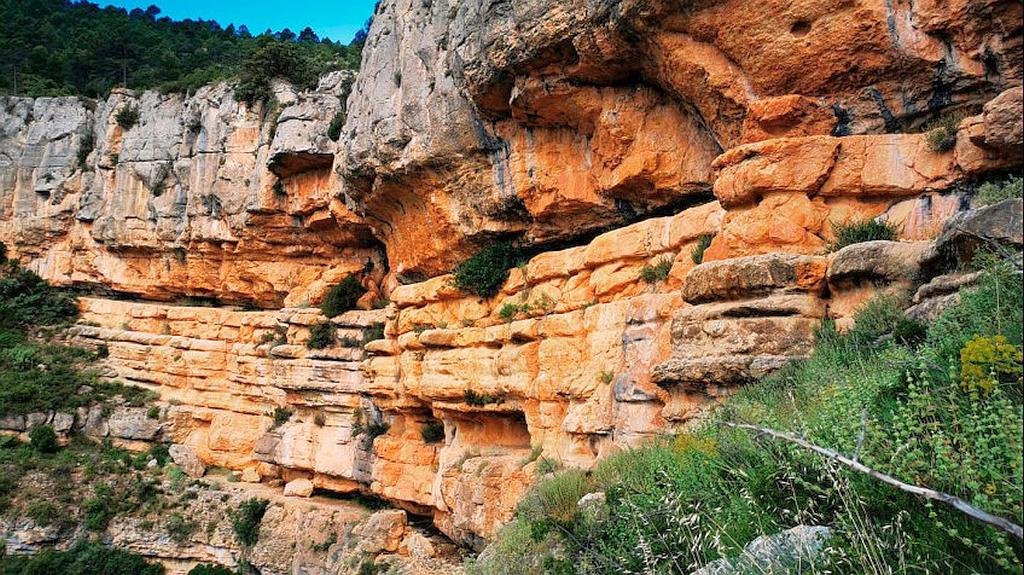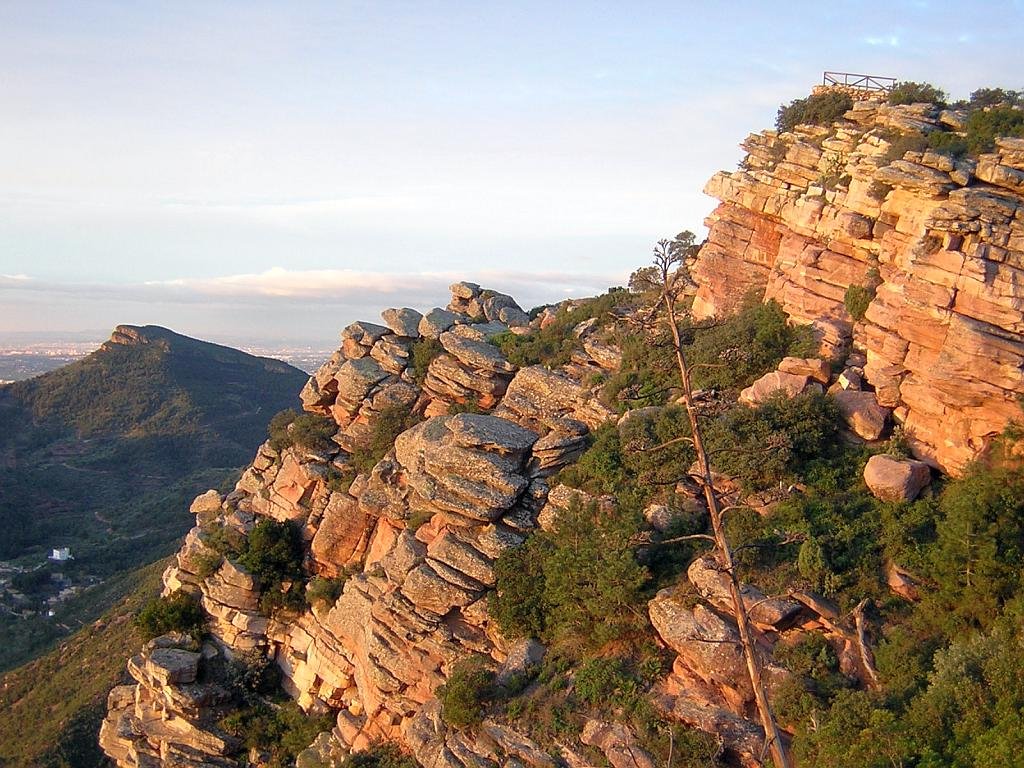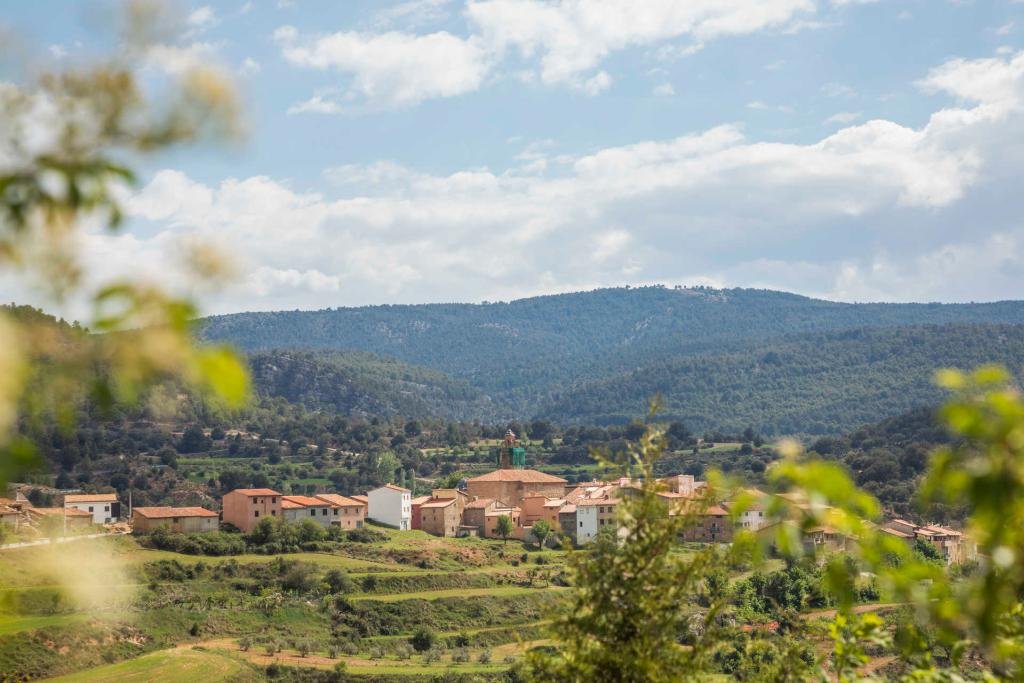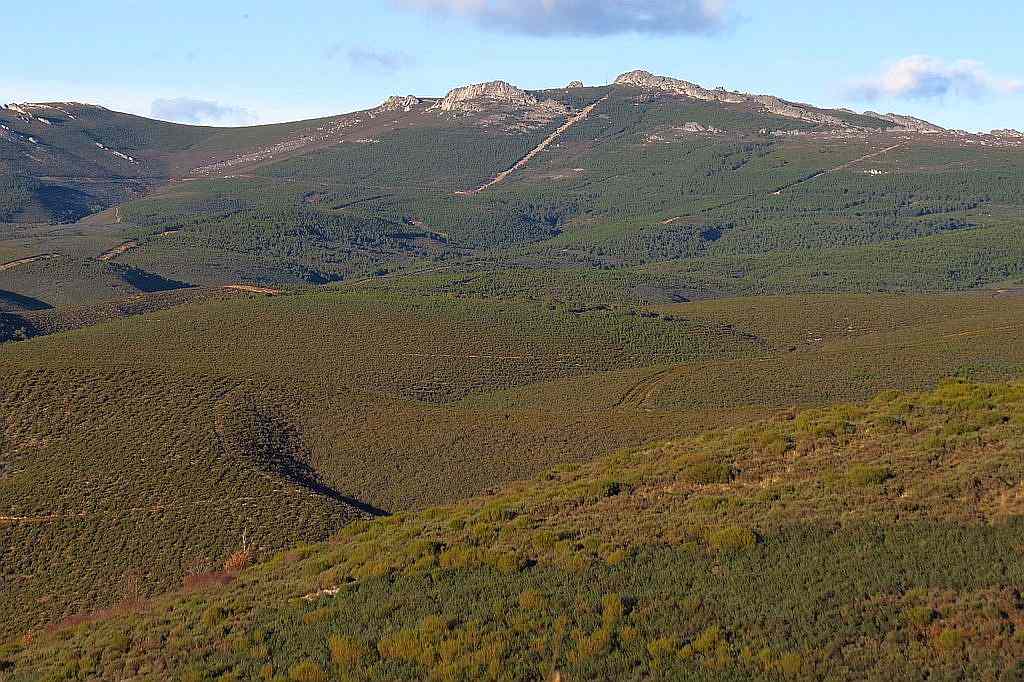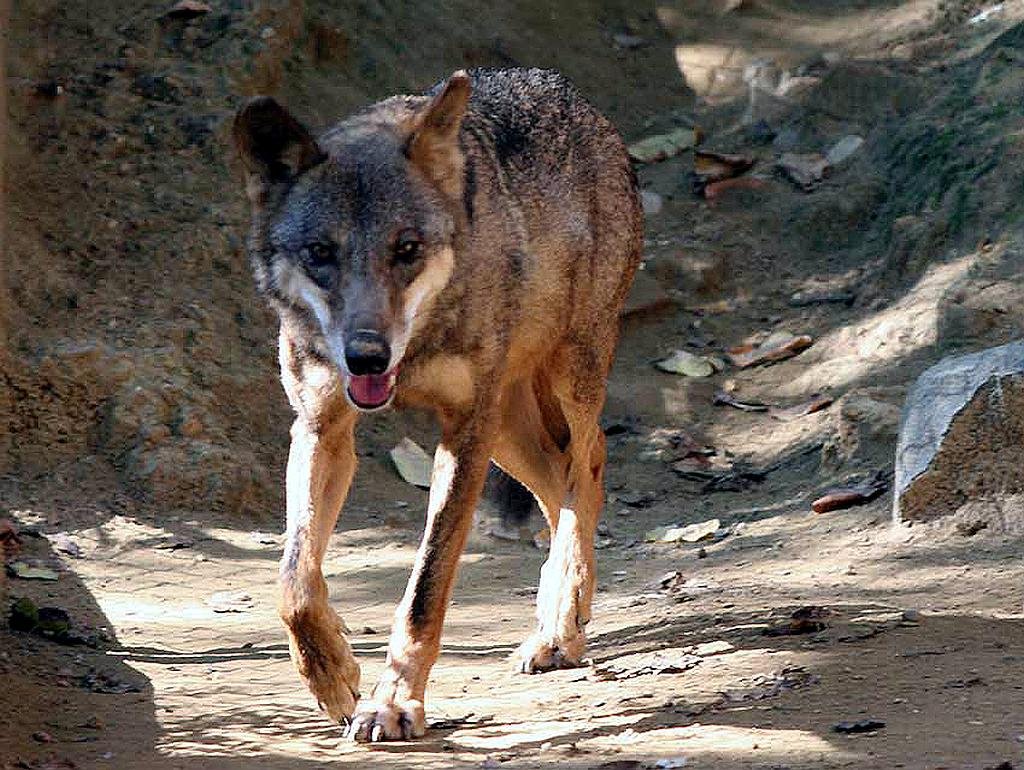- Region: Valencian Community
- Province: Castellón and Valencia
- Declared a Natural Park: 2002
- Park surface area: 18,000 hectares
- Towns and villages: Albalat de Taronchers, Alcublas, Algimia de Alfara, Estivella, Gátova, Gilet, Liria, Marines, Náquera, Olocau, El Puig, Puzol, Sagunto, Serra, Torres Torres, Segart, la Villa de Altura, Segorbe.
Points of interest
The Sierra Calderona Natural Park (in Valencian Parc natural de la Serra Calderona) is located between the provinces of Castellón and Valencia and is part of a mountain range of around 60,000 hectares that separates the basins of the Palancia rivers to the north and Turia to the south. Due to its proximity to the city of Valencia, about 20 km, it is considered the main “green lung” of this densly populated area.
The area has also become famous as a starlight destination. The Starlight Foundation is a non-profit organization that was founded in 2009 to promote the protection of the night sky and the development of “astrotourism” and there is an ever growing list of starlight destinations in Spain to visit.
Serra Castle & Sierra Calderona Private Tour
Experience the enchanting Serra Castle in a whole new light during a private sunset hiking excursion, complete with hotel transportation. Immerse yourself in the breathtaking beauty of Sierra Calderona Natural Park, the Turia Valley, and the orchards of Tóixima and Ría as you follow your knowledgeable guide on this unforgettable journey through history and nature.
The Sierra Calderona is an area where numerous electrical storms occur and it is considered the area with the highest number of electrical discharges per square meter in Spain. It is not uncommon for wildfires to start due to lightning strikes.
